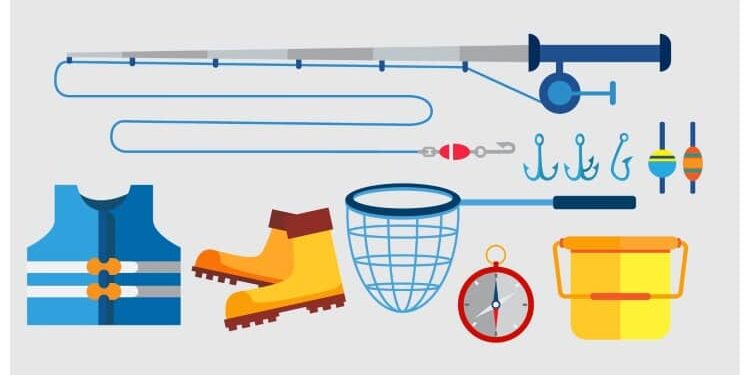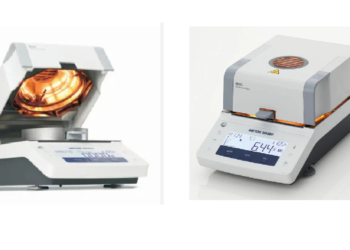South America boasts an extensive coastline and abundant water bodies, making it a hotspot for the fishing industry. The region’s diverse marine life has attracted fishermen from around the world. Using the right fishery tools, equipment, and facilities is crucial to optimize their catch and ensure sustainable fishing practices. This article will explore the essential tools and facilities that play a vital role in South America’s flourishing fishing industry.
Fishery tools equipment and facilities in South America
South America’s fishing industry thrives with various fishery tools, equipment, and facilities designed to optimize fishing practices and promote sustainable resource management. From traditional fishing nets tailored to different techniques to state-of-the-art sonar technology and GPS navigation systems employed in commercial fishing vessels, fishermen in the region can access a wide range of tools to enhance their catch efficiency. Moreover, fish processing facilities, such as fish cleaning stations and cold storage, play a crucial role in preserving the freshness and quality of the catch for local consumption and international export. As responsible fishing practices gain momentum, South America also implements seasonal fishing restrictions and bycatch reduction methods to safeguard marine biodiversity and ensure the longevity of fish populations. With a strong emphasis on responsible sourcing and innovation, South America’s fishery tools, equipment, and facilities continue to pave the way for a thriving and sustainable fishing industry in the region.
Fishing Gear and Equipment
1.1 Fishing Nets: Fishing nets are the backbone of any fishing operation, and South America has various nets catering to different fishing techniques. From trawl nets for deep-sea fishing to gillnets for inshore catches, each net is designed to maximize efficiency and minimize bycatch.
1.2 Fishing Lines and Hooks: Anglers and small-scale fishermen rely on fishing lines and hooks to catch specific species. These tools allow targeted fishing and reduce the impact on non-targeted marine life. High-quality lines and hooks ensure a successful and sustainable fishing trip.
1.3 Fish Traps: Fish traps are common in many South American countries. These traps are strategically placed to attract fish, making them a passive and eco-friendly fishing tool. Fishermen can easily retrieve trapped fish, ensuring minimal damage to the marine ecosystem.
Modern Fishery Equipment
2.1 Sonar Technology: Many commercial fishing vessels in South America utilize sonar technology to locate schools of fish accurately. This advanced equipment enables fishermen to target their efforts efficiently, resulting in higher yields and reduced environmental impact.
2.2 GPS Navigation Systems: Navigating vast oceanic waters can be challenging, but with GPS navigation systems, fishermen can easily stay on course and find their way back to the best fishing spots. This technology enhances safety at sea and reduces the risk of getting lost.
Fish Processing Facilities
3.1 Fish Cleaning Stations: Fish cleaning stations are essential to ensure the catch remains fresh and high-quality. These facilities allow fishermen to clean, gut, and fillet fish immediately after the net, preserving the flavour and texture for consumers.
3.2 Cold Storage: Cold storage facilities are indispensable in the fishing industry, especially for exporting fish to international markets. These facilities maintain low temperatures to prevent spoilage and prolong the shelf life of the catch.
3.3 Fish Processing Plants: Large-scale fishing operations require fish processing plants equipped with state-of-the-art machinery. These plants can handle significant volumes of fish, ensuring efficient processing and packaging for distribution.
Sustainable Fishing Practices
4.1 Bycatch Reduction Techniques: Bycatch, the unintentional capture of non-targeted marine species, threatens ocean ecosystems. South American fishermen increasingly adopt bycatch reduction techniques, such as TEDs (Turtle Excluder Devices) and BRDs (Bycatch Reduction Devices), to protect marine biodiversity.
4.2 Seasonal Fishing Restrictions: Several South American countries enforce seasonal fishing restrictions to protect spawning grounds and ensure the sustainability of fish populations. These measures allow fish to reproduce and replenish their numbers during critical periods.
The fishing industry in South America continues to thrive, thanks to a combination of traditional fishing tools and modern technologies. By using fishery tools and equipment wisely and adopting sustainable practices, South American fishermen are making significant strides towards preserving the region’s marine resources for future generations. As consumer demand for responsibly caught seafood grows, embracing eco-friendly fishing practices and investing in innovative tools and facilities for a thriving and sustainable fishing industry in South America is essential.












Discussion about this post